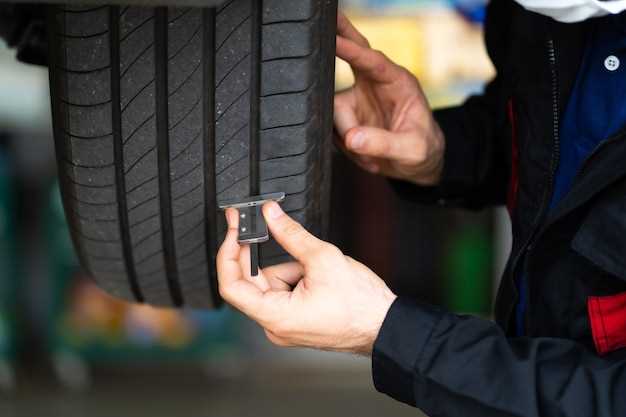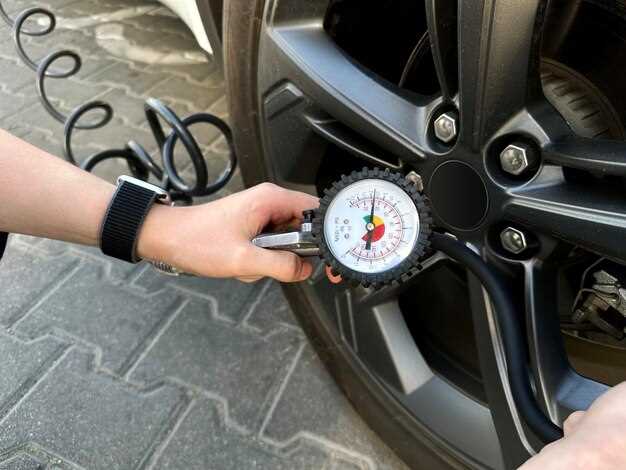
In the high-stakes world of drag racing, where every millisecond counts, achieving optimal vehicle performance is a paramount concern for racers. One critical yet often overlooked aspect that significantly influences acceleration and overall racing results is wheel alignment. Proper alignment plays a vital role in ensuring that a race car maximizes its potential by enhancing traction, stability, and handling during those crucial moments on the track.
The precise alignment of the wheels affects the distribution of weight across the tires, impacting both grip and control. If the wheels are misaligned, it can lead to uneven tire wear, reduced traction, and impaired steering response. These factors can be detrimental in drag racing, where achieving a straight line and maintaining speed is essential. Understanding the implications of alignment can be the difference between a victorious race and a disappointing finish.
Furthermore, drag racing demands peak performance from both the driver and the vehicle. Fine-tuning wheel alignment not only enhances speed but also contributes to the car’s overall handling characteristics. As racers strive for incremental improvements, the significance of correct alignment becomes increasingly clear, underscoring its impact on competitive outcomes in the racing arena.
Optimizing Wheel Alignment Settings for Maximum Traction
In drag racing, achieving optimal performance is crucial for securing victories. One of the most significant factors contributing to performance is the wheel alignment settings. Properly adjusted alignment can greatly enhance traction, allowing for better acceleration and improved overall lap times.
Camber, caster, and toe angles are critical components of wheel alignment that directly influence traction. For drag racing, the rear camber should typically be slight, favoring positive camber to maximize tire contact during acceleration. This adjustment helps distribute the vehicle’s weight effectively, increasing grip on the starting line.
Front wheel alignment also plays a vital role. Race prep should focus on achieving a slight negative camber for the front tires, enhancing cornering stability and steering response. However, during a straight-line drag race, maintaining an optimal toe angle is equally important. A parallel toe setting can aid in straight-line stability, preventing any unwanted tire scrubbing.
Adjustments to caster angle can further improve traction by influencing the weight transfer during acceleration. By slightly increasing the caster angle, drivers can enhance the self-centering capabilities of the steering, benefiting control when launching off the line.
Ultimately, regular monitoring and fine-tuning of wheel alignment settings are essential for achieving peak drag racing performance. Implementing these alignment adjustments during race prep will facilitate maximum traction, ensuring that every ounce of power is effectively transferred to the track.
Identifying Common Wheel Misalignments and Their Effects on Acceleration

Wheel alignment is crucial for maximizing performance in drag racing. Misalignments can adversely affect acceleration, leading to slower times on the track. Below are common types of wheel misalignments and their impacts:
- Camber Misalignment
Camber refers to the tilt of the wheels in relation to the vertical axis. Negative camber can improve cornering but may hinder straight-line acceleration. Too much positive camber can lead to excess tire wear and reduced grip, ultimately slowing the vehicle’s acceleration off the line.
- Toe Misalignment
Toe alignment describes the angle at which the wheels point in relation to the vehicle’s centerline. In drag racing, incorrect toe settings can lead to stability issues. For example, excessive toe-in can slow down acceleration due to increased rolling resistance, while toe-out can cause the car to dart, resulting in a loss of traction.
- Castor Misalignment
Caster affects steering stability and balance during high-speed runs. A misalignment can lead to erratic behavior, especially on launch. If the caster angle is off, it can affect the car’s weight distribution, resulting in less efficient power application to the ground, which compromises acceleration performance.
Correct alignment allows for optimal tire contact with the track surface, enhancing traction and allowing for smoother acceleration. To maintain peak performance in drag racing, regular alignment checks are essential.
- Regularly inspect wheel alignment settings before races.
- Adjust camber, toe, and caster according to manufacturer specifications and race conditions.
- Monitor tire wear patterns to identify potential misalignments.
Addressing these common wheel misalignments will significantly enhance acceleration, providing a competitive edge on the drag strip.
Pre-Race Wheel Alignment Checks to Minimize Drag and Improve Stability

Before heading to the drag strip, conducting thorough wheel alignment checks is crucial for optimizing vehicle performance. Proper alignment can minimize drag, enhance acceleration, and contribute to overall stability during a race.
Firstly, toe alignment is a key factor. It refers to the angle at which the wheels point in relation to the vehicle’s centerline. Adjusting the toe angle ensures that the tires are aligned parallel, reducing resistance and drag during acceleration. A slight toe-in can promote stability, while toe-out may improve initial responsiveness, depending on the racing conditions.
Secondly, camber angles significantly affect tire contact with the track. An optimal camber setting allows for maximum tire surface area to engage with the asphalt, resulting in improved traction. During pre-race procedures, check if the camber is within specifications to ensure that the tires perform effectively under load, especially during hard launches.
Caster angle also plays a vital role in vehicle stability. Ensuring that the caster angle is set correctly can help with steering response and vehicle alignment at high speeds. A positive caster enhances stability while ensuring that the front wheels return to a straight position after turning, which can be beneficial during sharp maneuvers on the track.
It is also essential to review wheelbase measurements. Any discrepancies in wheelbase can lead to uneven weight distribution, resulting in unpredictable handling. Adjusting the suspension components to achieve an equal wheelbase can enhance the car’s stability and predictability during a race, allowing for faster reaction times.
Finally, conducting a visual inspection of the alignment components can help identify any signs of wear or damage that may affect performance. Ensuring that the alignment settings are optimal can make a significant difference in how effectively a vehicle can transfer power to the ground, ultimately minimizing drag and improving overall race stability.



